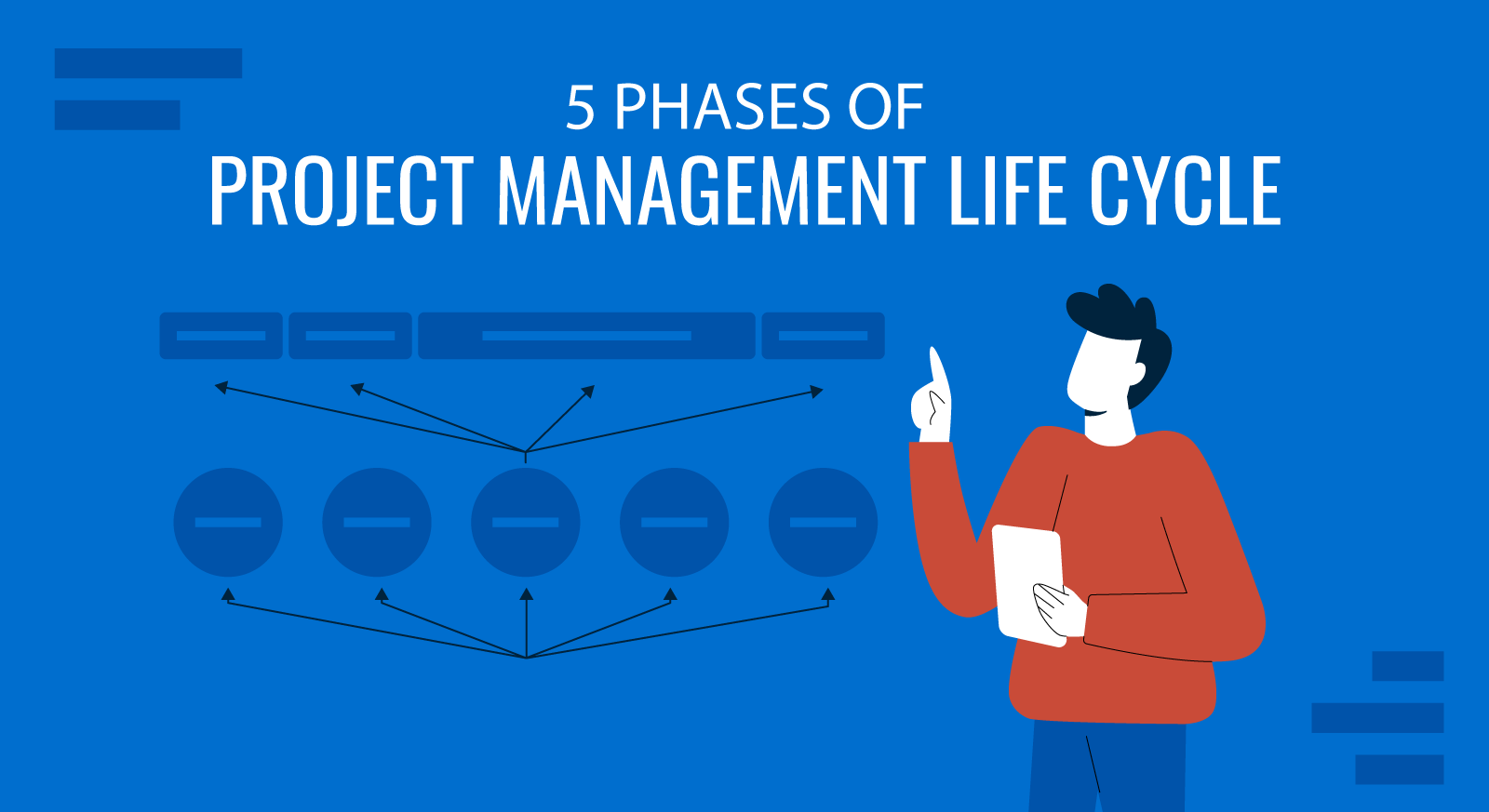
Whether you are tasked to lead a small in-house project or take over a large, multi-people company-wide program, understanding how to plan and execute your project is integral for success. There’s a gap between making a decision and turning that decision into life you know that you need to perform certain steps before you move from point A to point B. And that’s what project management life cycle is all about knowing what steps to perform, in what sequence and how different processes will drive (or stall) your project execution.
- What is Project Management?
- What is Project Life Cycle?
- Waterfall Project Management vs. Agile Project Management
- The 5 Phases of Project Management
- Phase 1: Conception & Initiation
- Phase 2: Project Definition & Project Planning
- Phase 3: Project Execution
- Phase 4: Project Performance & Project Controlling
- Phase 5: Project Closure
Before we delve further into details, let’s make sure that we are on the same page term-wise.
What is Project Management?
Throughout history, humans have successfully accomplished a number of different projects the Pyramids of Giza, Panama Canal, iPhone production and a bunch of other amazing things.
The outcomes of these projects were driven by different best practices, tools and techniques used by the project leaders (managers). In essence, that’s what project management is all about applying different knowledge, skills and tools to project activities in order to meet the set project requirements.
What is Project Life Cycle?
Clearly, neither of the grand project mentioned above happened in one sitting. They were broken down into separate stages or steps ideation, planning, and so on. Project management life cycle is the term used to describe the series of phases a project passes through from its start to its completion. It establishes the basic framework that can be applied towards any kind of project from software development to construction to event planning.

Waterfall Project Management vs. Agile Project Management
Project management assumes the use of different techniques and tools to move the project from ground zero to successful completion.
In software development (and beyond it), the two popular project management methodologies are:
- Waterfall project management the plan-driven approach, which assumes using rigid plans and linear execution of the outlined tasks during each key stage.
- Agile project management is an interactive approach to planning and executing project processes. The main outcome is broken down into smaller sections (iterations) that remain open to changes.
The project management process will differ within each methodology in the following way:
| Waterfall | Agile |
| Comprehensive, long-term project plans with a unified timeline. | Shorter project cycles based on iterations and multiple deliveries. |
| Rigid approach to project management and well-defined team roles. | Cross-functional, small and flexible teams. |
| Changes in the project scope or deliverables are costly and discouraged. | Changes are welcome and expected at any stage of the project. |
| A complete product is delivered at the end of the timeline. | The product is delivered in functional stages. |
| Contract-based approach to scope management and requirements. | Collaborative and interactive approach to gathering requirements. |
| Customers/stakeholders are involved at the beginning/end of the project. | High-level of customer involvement during each sprint. |
| Linear-based approach to project planning that creates a lot of dependencies. | Reduction of dependencies is highly encouraged. |
To sum up, waterfall project management assumes having a predictive project life cycle the project scope, timeline and costs are determined in the early project phases and any changes to that scope require further management.
Agile project management is backed by an iterative life cycle the project scope is early as well, but time and cost estimates remain subject to change during the project execution as the team’s understanding of the final deliverable increases. The deliverable is broken down into increments that are developed through a series of repeated cycles.
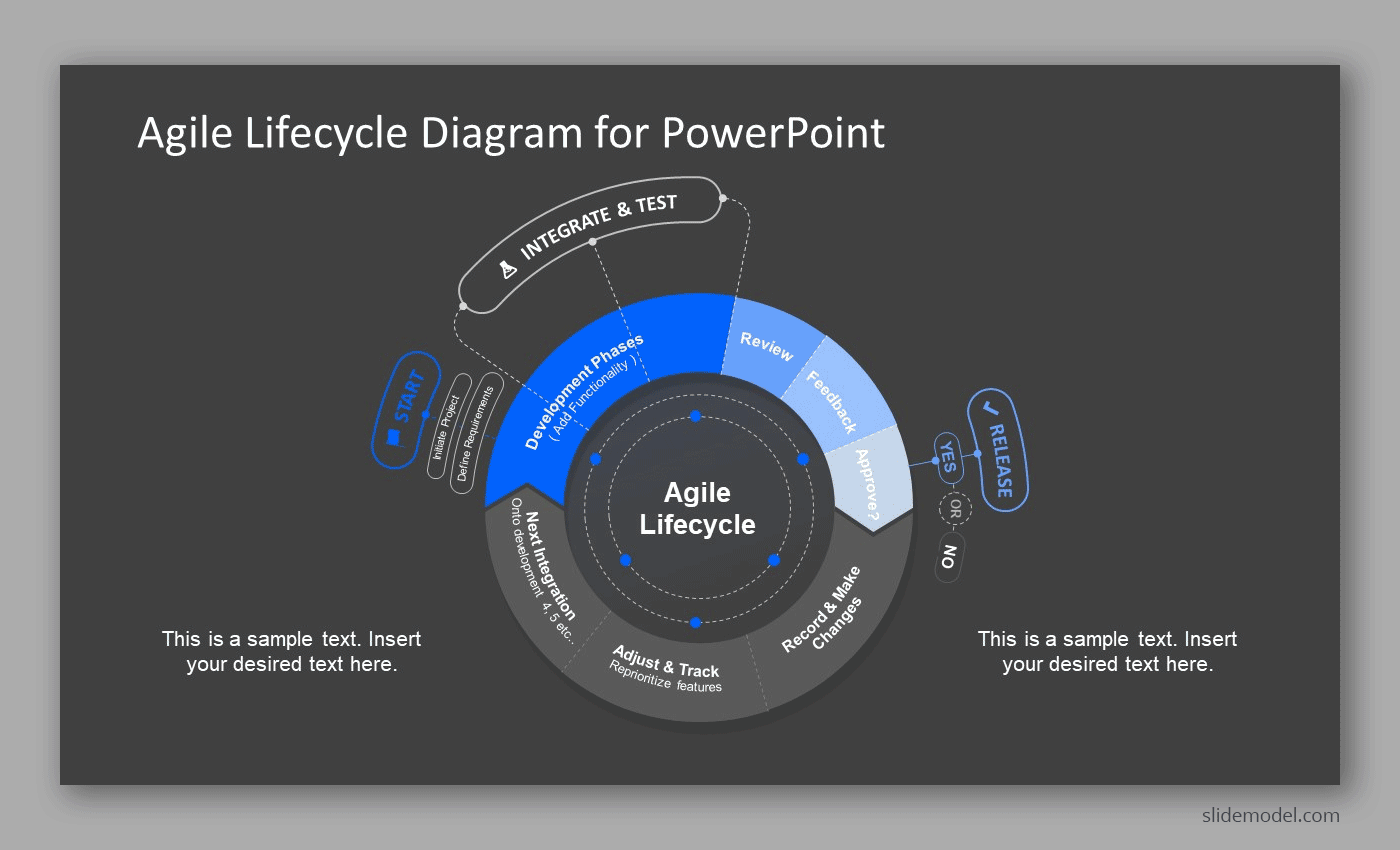
Agile Process Life Cycle diagram by SlideModel
No matter which approach you’ll choose, your project will still pass through the same key phases.
The 5 Phases of Project Management
There are five key project management life cycle phases that we’ll discuss in the course of this post. These project management phases are:
- Conception & Initiation
- Definition & Planning
- Launch or Execution
- Performance & Control
- Project Closure
Each project management phase assumes a number of specific project management steps you will have to take to receive the required output that we’ll further cover in this post.
Phase 1: Conception & Initiation

This is the ground zero of any project. Your main goal here is to conceive the project at a broad level:
- Build a strong case for it (Why are we doing this and what are the benefits?)
- Feasibility study/analysis (Can we do it? How much time and resources will it require?
- Identify key stakeholders.
- Develop a project charter.
Let’s dwell further on the last point. A project charter is a document that offers a formal initiation definition of the project and authorized the project manager to use the company’s organizational resources for project activities.
The key tools and techniques for developing a project charter are as follows:
- Data gathering focus groups, stakeholder interviews, team brainstorming.
- Meetings with key stakeholders/project sponsors.
- PM’s expert judgment.
The main goal of a project charter is to define the project purpose, key objectives and expected benefits. Knowing these factors leads to better resource allocation during the next stages and smoother planning.
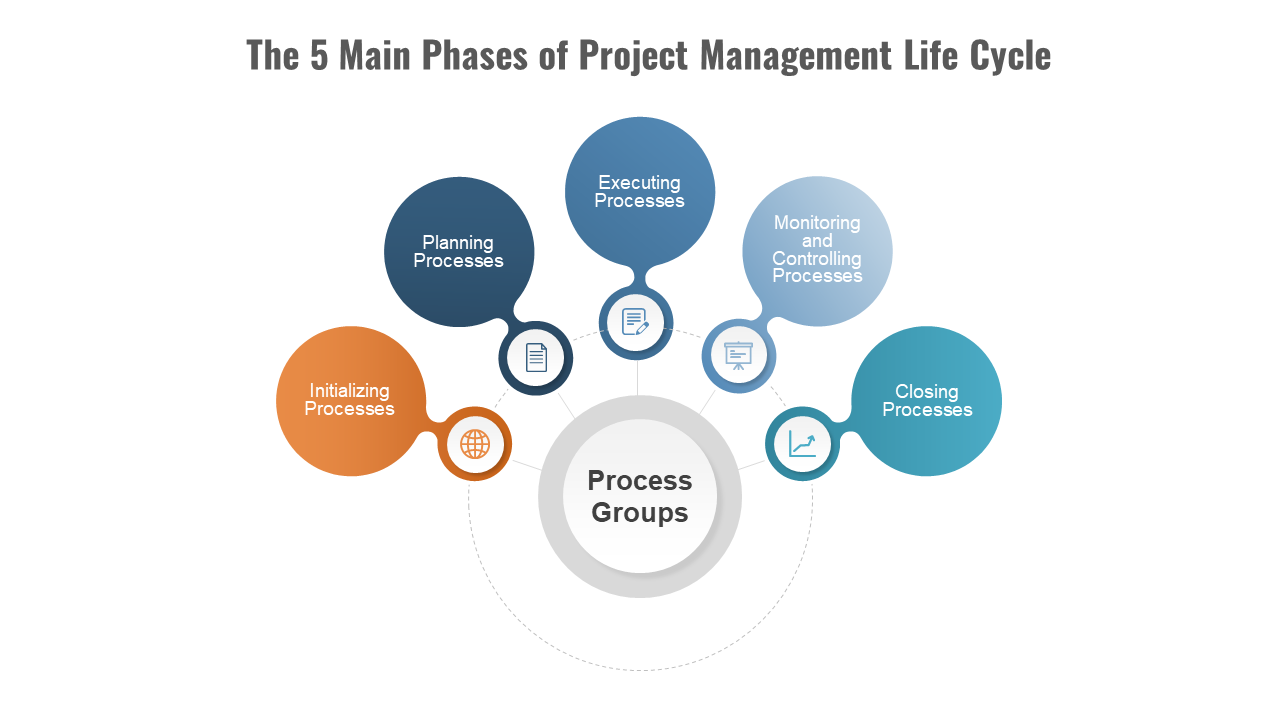
PMBoK suggests that the final document should clearly specify the following:
- Project purpose;
- Measurable project objectives and related success criteria;
- High-level requirements;
- High-level project description, boundaries, and key deliverables;
- Overall project risk;
- Summary milestone schedule;
- Pre-approved financial resources;
- Key stakeholder list;
- Project approval requirements (i.e., what constitutes project success, who decides the project is successful, and who signs off on the project);
- Project exit criteria (i.e., what are the conditions to be met in order to close or to cancel the project or phase);
- Assigned project manager, responsibility, and authority level; and
- Name and authority of the sponsor or another person (s) authorizing the project charter.
Phase 2: Project Definition & Project Planning
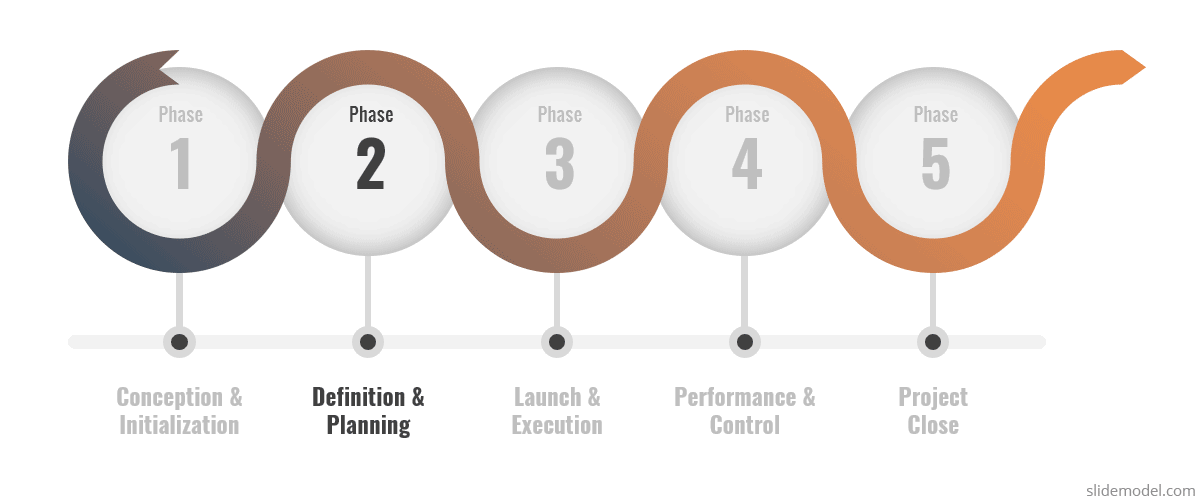
Once all the key stakeholders have approved your initial project outline, it’s time to prepare a more formal set of plans, indicating how the project will be executed. At this point, you will need to develop a formal project management plan.
A project management plan defines how a project will be executed, monitored, controlled and closed basically, covering all the consequent stages of a project. Depending on your needs, your project management plan can be either summary level or highly detailed. Remember, your plan should also account for the likely changes in the project environment e.g. when new information becomes available, or if any requirements change.
Here are the key documents you will need to develop:
Project scope management plan documenting all the deliverables of the project; scope definition, validation and control. It should present a detailed list of requirements for the project and a bird-eye view of what should be delivered and when.
Requirements management plan indicates how the requirements activities will be planned, tracked and reported. It includes all the respective project management process steps you will have to take to initiate changes, prioritize different requirements, track and report them.
Some managers choose to visualize this part using various project management processes charts and graphs e.g. like this one:
Constraints: information about the known bottlenecks e.g. limited human resources, short timeline. Some managers also choose to include a risk management plan a document detailing individual project risks; assessing their probability of occurrence and the possible effect they may cast on different project processes; and outlines how those would be mitigated.
Human resources requirements: the assigned project team, roles and responsibilities of each member.
Project schedule and key milestones: this section should outline the key project deliverables, due date or duration of each phase/iteration and key dependencies between them. The easiest way to illustrate this point is to use a Gantt chart.
Budget/cost estimates: a preliminary assessment of the funds required for the project. The costs are typically divided into three categories: capital items, expense items and labor.
Phase 3: Project Execution

At this point, the actual work on the project begins. All those requirements, resources and tools outlined in the plan are leveraged to meet the project goals. The tasks you are expected to complete at this stage are as follows:
- Assemble a team
- Assign resources
- Start executing the project management plan
- Proactive control and manage project execution
- Identify KPIs and set-up tracking systems.
- Distribute and assign tasks.
- Schedule status meetings
- Update project schedule
- Modify project plans as needed.
At this point, you will want to adopt one of the project management tools to help you proactively manage and review all the scheduled activities. There’s a multitude of different apps available for teams of all size, across different industries.
But if you don’t want to adopt any new software, consider at least using Gantt charts (for visualizing your project timeline) and Kanban boards work scheduling templates that offer a quick view of all the tasks done or in progress. You can also find a complete collection of 100% editable project management slides for preparing a presentation.
Phase 4: Project Performance & Project Controlling

To ensure that your project remains on track at all times, you will want to establish key performance indicators (KPIs). Most managers tend to settle for 3-5 metrics that clearly indicate the project overall health in regards to performance, budgets, timelines and objectives.
Specifically, you may want to engage in:
- Cost tracking: review and refine project costs to reflect additional details as those become available.
- Quality management: make sure that organizational quality policies are incorporated into the project. All the deliverables are produced according to the predefined specs.
- Overall project performance monitoring: monitor and respond to changes in the project. Assess the team effectiveness, proactively identify and prevent project bottlenecks and ensure that all the project ‘cogs’ are moving without any friction. This also includes sharing project status reports with key stakeholders upon reached milestones.
Phase 5: Project Closure
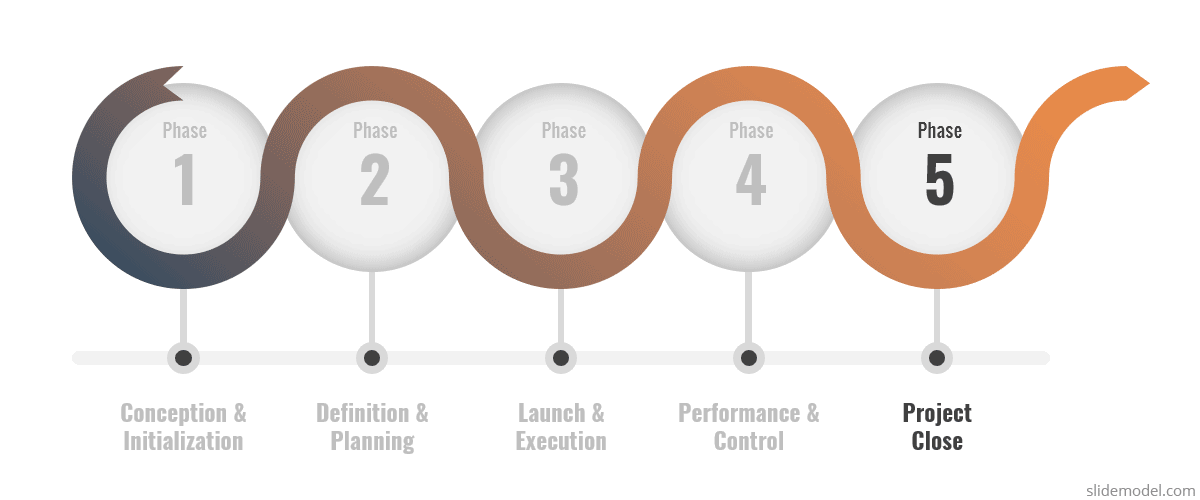
And we’ve made it to the final phase project completion. All the objectives are met; all the tasks are completed; the final deliverables are reviewed and sign-off by the customer.
Apart from congratulating everyone on good work, professional PMs will often schedule a closing meeting the so-called “project post-mortem” to draw the final line. Such meetings are held to discuss the overall project performance, identify key failures and successes and apply those insights towards future projects.
And then we are back to square one a new project initiated by the company that will pass through the very same 5 stages of the project management life cycle. Enrollment in an Online PMP Certification can help you gain a more in-depth understanding of the project management lifecycle and can get you that much closer to landing your dream job in the field.
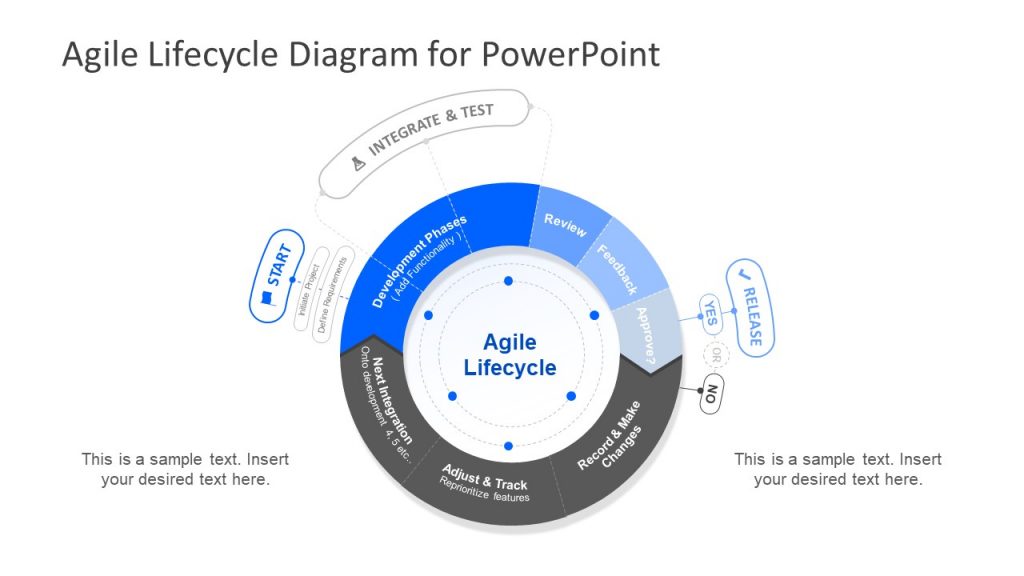

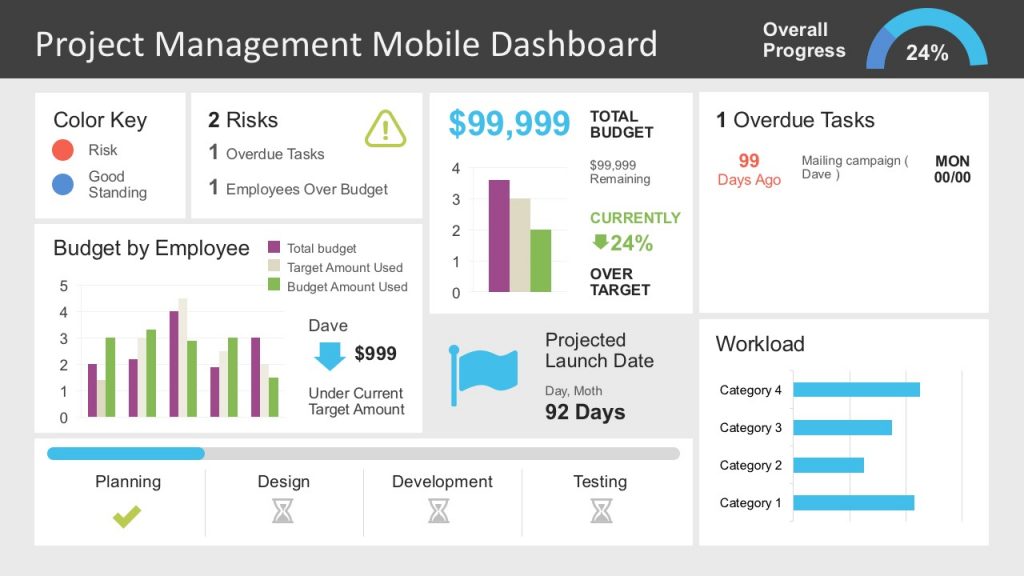
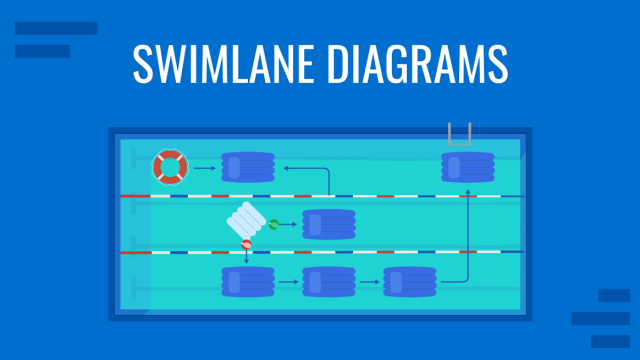
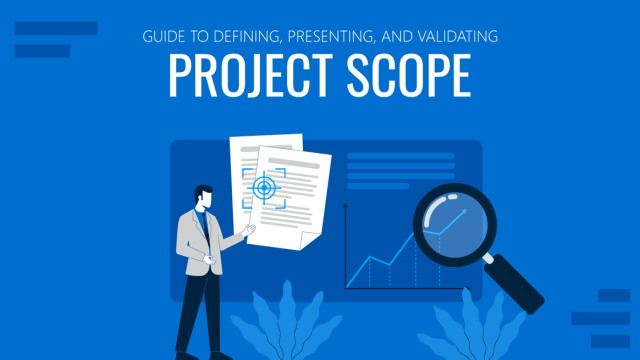
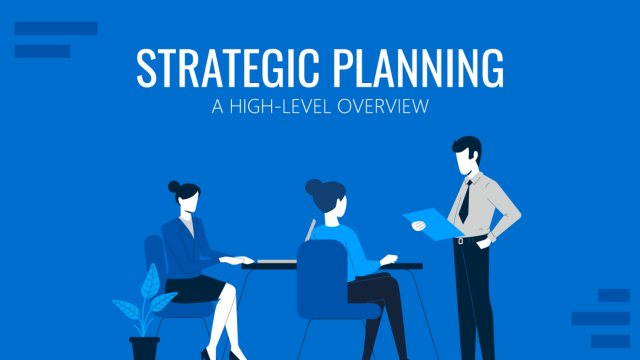
Thank you very much!
Project management is a key tool for success in every project